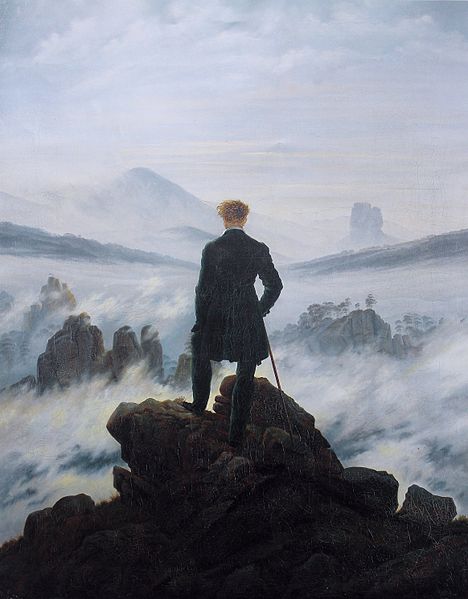“Next Time I’ll Sing to You” is the title of a play by James Saunders, produced in 1962 and occasionally performed, most recently at the Orange Tree Theatre in Richmond (London). The play has also been staged briefly on Broadway in New York. The play is a “play within a play” with actors/characters waiting for the hermit James Alexander Mason, the “Hermit of Great Canfield, Essex,” to arrive. A summary of the play as found in a recent article in the Richmond Twickenham Times:
The play follows four actors trying to find out the truth about a hermit named James Alexander Mason, who decided in 1906 at the age of 48 to sell his cottage, build a hut in a field beyond his village, surround it with ditches, hives of wild bees, barbed wire and two tonnes of corrugated iron fence to take up solitary residence. His brother left him food every day, but he was not seen again until at the age of 84, when he was brought out dead.
The characters explore a variety of philosophical questions, and moments of Mason’s life and thought are recreated in a non-linear drama that challenges audiences to reflect on meaning, society, and self.
URLs: http://www.richmondandtwickenhamtimes.co.uk/news/9372586.Next_Time_I_ll_Sing_to_You_offers_something_to_think_about/
http://playstosee.com/page.php?sad=play&id=333

